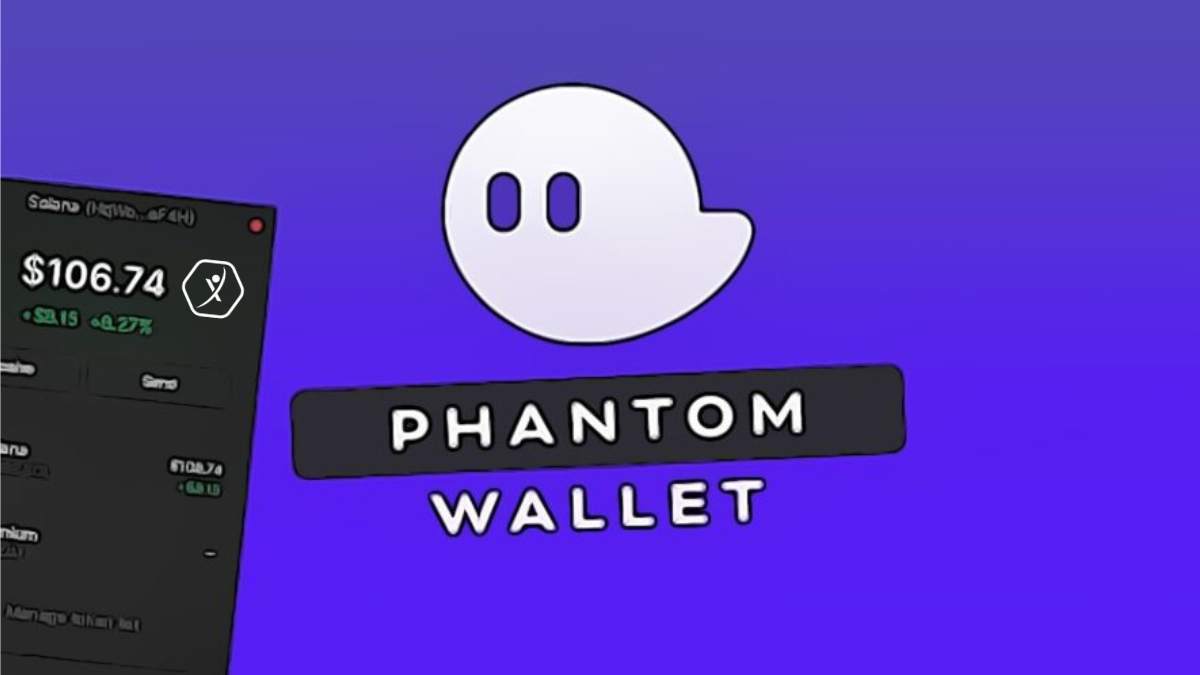Alright, so I was messing around with different Solana wallets the other day, trying to find one that just *clicks* with both DeFi and NFT needs without turning me into a frustrated mess. Seriously, most wallets out there feel like they were designed by committee—too clunky or overly complicated. Then I stumbled back on Phantom Wallet, and, whoa, it’s like they finally got it right for the average user who’s not a full-time coder but still wants serious control.
Here’s the thing. Managing staking rewards and hopping between DeFi apps while keeping an eye on your NFT collection? It’s a juggling act. And mobile wallets? Forget about it—most of them are slow or missing key features. But Phantom somehow nails that sweet spot.
Initially, I thought, “Okay, this is just another browser extension wallet,” but then I realized there’s more under the hood. The seamless integration with Solana’s ecosystem is surprisingly smooth. I mean, I’m not new to crypto, but even I got caught off guard by how intuitive it felt.
Really? Yep. And the cool part? It’s not just for desktop nerds; the mobile experience is getting better every day. This makes it way easier for folks who are on the go and still want to stack staking rewards or flip NFTs without lugging around a laptop.
Something felt off about other wallets—they always seemed to make me jump through hoops. Phantom doesn’t. It just flows.
Now, if you’re like me, you probably want to stake your tokens and actually see those rewards piling up without a headache. Phantom’s interface makes staking straightforward—no need to dive into endless menus or scary jargon. Just a few clicks, and boom, your tokens are working for you. And the rewards? They show up clearly, so you’re never guessing.
But here’s the kicker—dealing with NFTs can get messy fast on some platforms. Phantom’s wallet extension integrates NFT viewing and management right alongside your tokens. I’m not just talking about a list of token IDs. No, you get images, metadata, and even quick actions like sending or selling. That’s a huge time saver.
Okay, so check this out—there’s also a nifty feature that helps you track your transaction history in a way that’s actually readable. I know, it sounds basic, but trust me, it’s a breath of fresh air compared to some other wallets that just dump raw data on you.
On one hand, browser extensions have their security concerns. Though actually, Phantom steps up with solid encryption and a user-friendly backup system. I’m not saying it’s bulletproof, but for everyday use, it balances convenience and security better than most.
Oh, and by the way, I tried linking Phantom to a few popular DeFi platforms on Solana, and the compatibility was flawless. No weird errors or confusing prompts. Just smooth sailing.

Why Mobile Matters and How Phantom Wallet Tackles It
Mobile wallets have always been the weak link in crypto. The apps either feel like afterthoughts or are just stripped-down versions of desktop clients. But Phantom’s mobile wallet? It’s surprisingly robust. I’m biased, but it feels like the team actually uses their own app daily.
Seriously, the sync between the browser extension and mobile app is tight. You can start a transaction on your desktop and finish it on your phone without losing context. That’s huge, especially if you’re someone who’s juggling work and crypto on the fly.
My instinct said that mobile wallets would never be as reliable as desktop versions, but Phantom is slowly proving me wrong. They’ve incorporated biometric logins and some slick UI tweaks that make staking and NFT management simple on small screens.
That said, I’m not 100% sure it’s perfect yet—some features are still catching up, and I noticed a couple of minor bugs during heavy usage. But for everyday tasks, it feels solid, and it’s definitely ahead of the pack.
Something else I appreciate: Phantom doesn’t bombard you with notifications or confusing alerts. The UX respects your time and focus, which is rare in crypto apps.
How Phantom Wallet Extension Fits into Your Crypto Life
Look, if you’re deep into Solana’s DeFi and NFT scene, convenience isn’t just a luxury—it’s a necessity. Phantom’s browser extension offers that convenience without sacrificing too much control or security. For example, when you’re staking, you don’t want to jump through multiple hoops or trust shady third-party apps. Phantom keeps it in-house, so to speak.
Here’s what bugs me about some other solutions: They’re either too technical or too dumbed down. Phantom strikes a balance, hitting that sweet spot where you feel empowered, not overwhelmed.
One small tangent—while Phantom is great, it’s still wise to keep your big holdings in cold storage. I mean, I’m not gonna pretend any hot wallet is totally risk-free. But for day-to-day DeFi moves and NFT trades? Phantom is a solid choice.
If you want to try it out, you can check the phantom wallet extension page. It’s straightforward to install, and you’ll probably be surprised how much smoother your Solana experience becomes.
Last thought: wallets like Phantom are shaping how we actually *use* crypto rather than just holding it. That’s where the real revolution is happening.
Frequently Asked Questions
Is Phantom Wallet safe for staking Solana tokens?
For everyday staking, Phantom offers solid security with encrypted key storage and easy backups. While no hot wallet is 100% risk-free, Phantom balances usability and protection well for most users.
Can I manage my NFTs directly within Phantom Wallet?
Yes! Phantom integrates NFT management right into the wallet, showing images, metadata, and enabling quick actions like sending or selling without third-party tools.
Does Phantom have a mobile wallet app?
It does, and it’s surprisingly robust for mobile. The app syncs seamlessly with the browser extension, supports biometric login, and offers a smooth staking and NFT experience on the go.
